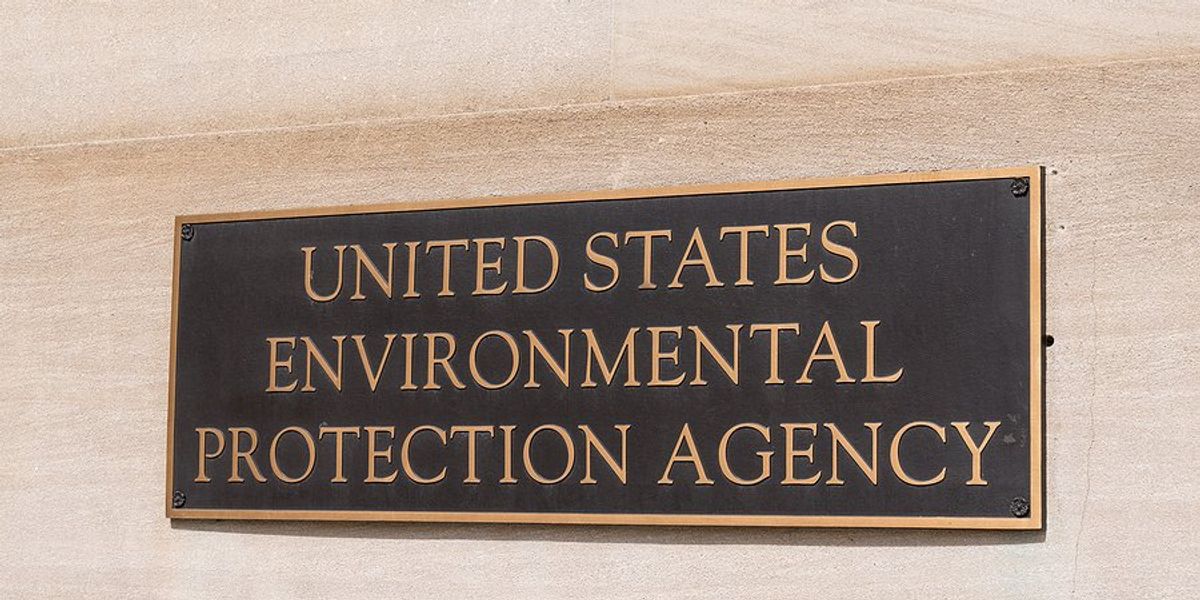
EPA moves to curb harmful emissions from power plants
The Environmental Protection Agency has proposed updated limits on nitrogen oxide emissions from natural gas power plants, aiming to reduce pollutants tied to respiratory health issues.
Austyn Gaffney reports for The New York Times.
In short:
- The proposal marks the first update to nitrogen oxide limits in 18 years and targets emissions from new and modified turbines.
- Nitrogen oxides, generated by burning fossil fuels, are linked to respiratory issues, especially in vulnerable populations.
- The rule could also reduce other pollutants like ozone and particulate matter while encouraging cleaner energy sources.
Key quote:
“These stronger standards are necessary to better protect nearby communities’ health, and the power sector has already shown that the additional pollution controls can affordably and reliably do the job.”
— Joseph Goffman, EPA assistant administrator for air and radiation
Why this matters:
Nitrogen oxide pollution affects millions, exacerbating asthma and other respiratory conditions. Stricter emission controls could safeguard public health and push utilities toward renewable energy. The proposal also signals federal action on climate-linked pollution after years of delay.
Read more: A Northeast US climate initiative has had a major side benefit—healthier children














